It’s one of the most popular ideas in fiction — travelling back through time to alter the course of history. The idea of travelling through time — more than we do every day that is — isn’t just the remit of science fiction writers though. Many physicists have also considered the plausibility of time travel, especially since Einstein’s theory of special relativity changed our concept of what time actually is.
Yet, as many science fiction epics warn, such a journey through time could carry with it some heavy consequences.
Ray Bradbury’s short story ‘A Sound of Thunder’ centres around a group of time travellers who blunder into prehistory, making changes that have horrendous repercussions for their world. In an even more horrific example of a paradox, during an award-winning episode of the animated sci-fi sitcom Futurama, the series’ hapless hero Fry travels back in the past and in the ultimate grandfather paradox, kills his supposed gramps. Then, after ‘encounter’ with his grandmother, Fry realises why he hasn’t faded from reality, he is his own grandfather.
Many theorists have also considered methods of time travel without the risk of paradox. Techniques that don’t require the rather extreme measure of getting overly friendly with one’s own grandmother Fry. These paradox-escape mechanisms range from aspects of mathematics to interpretations of quantum weirdness.
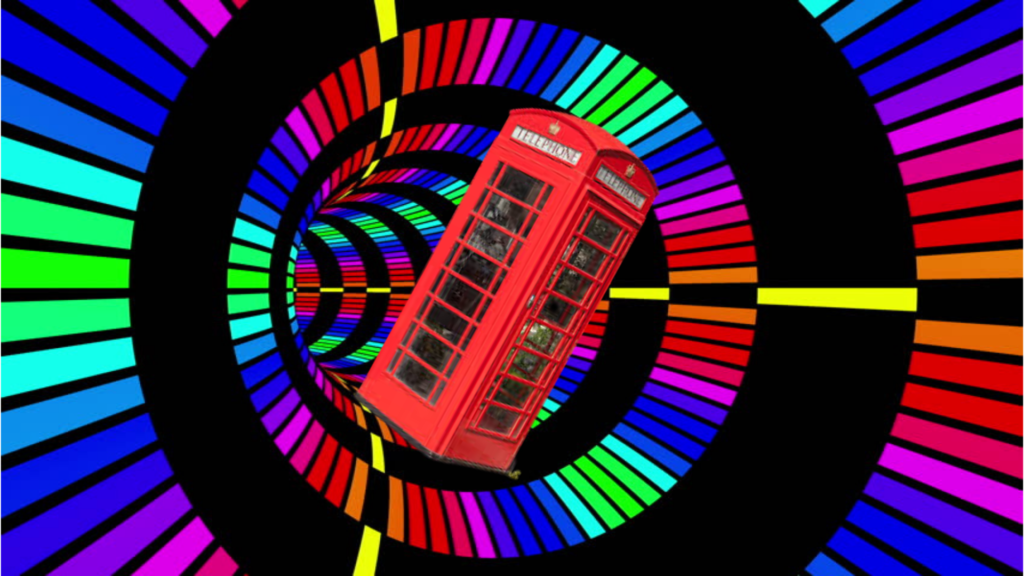
Before looking at those paradox escape plans it’s worth examining just how special relativity changed our thinking about time, and why it started theoretical physicists really thinking about time travel.
Luckily at ZME Science, we have a pleasingly non-copyright infringing time machine to travel back to the past. Let’s step into this strange old phone booth, take a trip to the 80s to pick up Marty and then journey back to 1905, the year Albert Einstein published ‘Zur Elektrodynamik bewegter Körper’ or ‘On the Electrodynamics of Moving Bodies.’ The paper that gave birth to special relativity.
Don’t worry Marty… You’ll be home before you know it… Probably.
A Trip to 1905: Einstein’s Spacetime is Born
As Marty reads the chronometer and discovers that we have arrived in 1905, he questions why this year is so important? At this point, physics is undergoing a revolution that will give rise to not just a new theory of gravity, but also will reveal the counter-intuitive and somewhat worrisome world of the very small. And a patent clerk in Bern, Switzerland , who will be at the centre of this revolution, is about to have a very good year.
The fifth year of the 20th Century will come to be referred to as Albert Einstein’s ‘Annus mirabilis’ — or miracle year — and for good reason. The physicist will publish four papers in 1905, the first describing the photoelectric effect, the second detailing Brownian motion. But, as impressive those achievements are–one will see him awarded the Nobel after all–it’s the third and fourth papers we are interested in.
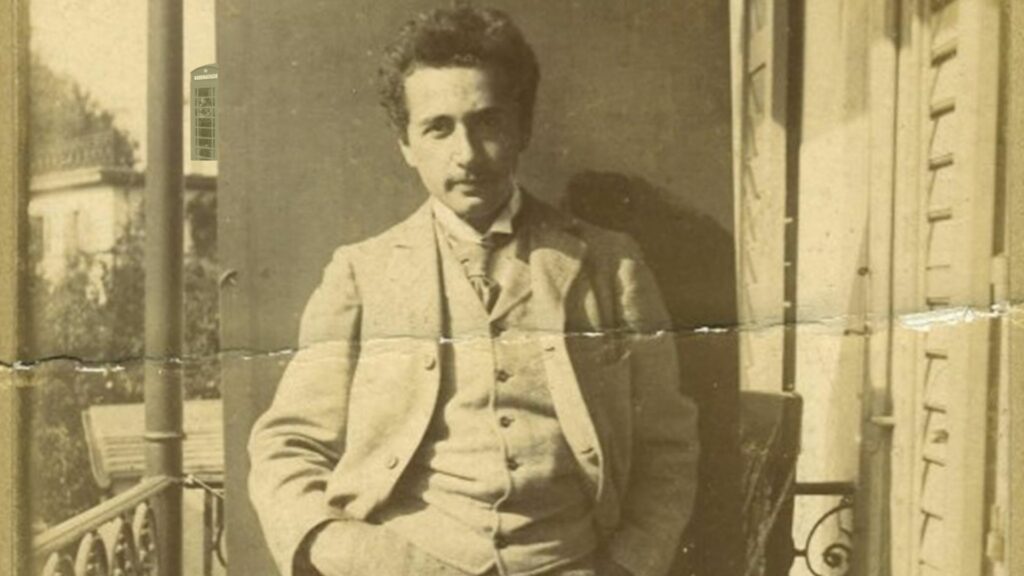
In these papers, Einstein will first introduce special relativity and then will describe mass-energy equivalence most famously represented by the reduced equation E=mc². It’s no exaggeration to say that these works will change how we think of reality entirely — especially from a physics standpoint.
Special relativity takes time — and whereas it had previously been believed to be its own separate entity — unites it with the four known dimensions of space. This creates a single fabric— spacetime. But the changes to the concept of time didn’t end there. Special relativity suggests that time is different depending on how one journeys through it. The faster an object moves the more time ‘dilates’ for that object.
This idea of time running differently in different reference frames is how relativity gets its name. The most famous example for the time difference is the ‘twin paradox.’
Meet twin sisters Stella and Terra. Stella is about to undertake a mission to a distant star in a craft that is capable of travelling at near the speed of light, leaving her sister, Terra, behind on Earth.

After travelling away from Earth at near the speed of light, then undertaking a return journey at a similar speed, Stella touches down and exits her craft to be greeter by Terra who has aged more in relation to herself. More time has passed for the ‘static’ Earthbound twin than for her sister who underwent the journey into space.
Thus, one could consider Stella to have travelled forward in time. How else could a pair of twins come to be of considerably different ages? That’s great, but what about moving backwards through time?
Well, if the faster a particle in a reference frame moves, the ‘slower’ time progresses in that frame, it raises the question, is there a speed at which time stands still? And if so, is there a speed beyond this at which time would move backwards?

(Wiki CC by SA 3.0)
Tachyons are hypothetical particles that travel faster than the speed of light — roughly considered as the speed at which time would stand still — and thus, would move backwards rather than forwards in time. The existence of tachyons would open up the possibility that our space-bound sister could receive a signal from Terra and send her back a tachyon response. Due to the nature of tachyons, this response could be received by Terra before she sent the initial signal.
Here’s where that becomes dangerous; what if Stella sends a tachyon signal back that says ‘Don’t signal me’? Then the original signal isn’t sent, leading to the question; what is Stella responding to?
Or in an even more extreme example; what if Stella sends a tachyon signal back that is intercepted by herself before she embarks on her journey, and that signal makes her decide not to embark on that journey in the first place? Then she’ll never be in space to send the tachyon signal… but, if that signal isn’t sent then she would have embarked on the journey…
And that’s the nature of the causality violating paradoxes that could arise from even the ability to send a signal back through time. Is there a way out of this paradox?
Maybe…
Interlude. From the Journal of Albert Einstein
27th September 1905
A most astounding thing happened today. A young man in extraordinary attire visited me at the patent office. Introducing himself as ‘Marty’ the youngster proceeded to question me about my paper ‘On the Electrodynamics of Moving Bodies‘– a surprise especially as it was only published yesterday.
In particular, the boy wanted to know about my theory’s implications on time travel! A pure flight of fancy of course… Unless… For another time perhaps.
If this wasn’t already unusual to the extreme, after our talk, I walked Marty to the banks of the Aare river where he told me that his transportation awaited him. I was, of course expecting a boat. I was therefore stunned when the boy stepped into a battered red box, which then simply disappeared.
I would say this was a figment of my overworked imagination, a result of tiredness arising from working the patent office during the day and writing papers at night. That is, were I the only witness!
A young man also saw the box vanish, and his shock must have been more extreme than mine for he stumbled into the river disappearing beneath its surface.
His body has not yet been recovered… I fear the worst.
Present Day: The Self Correcting Universe
As the battered old phone box rematerializes in the present day, Marty is determined to seek out an academic answer to the time travel paradox recounted to him in 1905.
He pays a visit to the University of Queensland where Bachelor of Advanced Science student Germain Tobar has been investigating the possibility of time travel. Under the supervision of physicist Dr Fabio Costa, Tobar believes that a mathematical ‘out’ from time travel paradoxes may be possible.
“Classical dynamics says if you know the state of a system at a particular time, this can tell us the entire history of the system,” Tobar explains. “For example, if I know the current position and velocity of an object falling under the force of gravity, I can calculate where it will be at any time.
“However, Einstein’s theory of general relativity predicts the existence of time loops or time travel — where an event can be both in the past and future of itself — theoretically turning the study of dynamics on its head.”
Tobar believes that the solution to time travel paradoxes is the fact that the Universe ‘corrects itself’ to remove the causality violation. Events will occur in such a way that paradoxes will be removed.
So, take our twin dilemma. As you recall Stella has sent herself a tachyon message that has persuaded her younger self not to head into space. Tobar’s theory — which he and his supervisor Costa say they arrived at mathematically by squaring the numbers involved in time travel calculations — suggests that one of two things could happen.
Some event would force Stella to head into space, she could accidentally stumble into the capsule perhaps, or receive a better incentive to head out on her journey. Or another event could send out the tachyon signal, perhaps Stella could accidentally receive the signal from her replacement astronomer.
“No matter what you did, the salient events would just recalibrate around you,” says Tobar. “Try as you might, to create a paradox, the events will always adjust themselves, to avoid any inconsistency.
“The range of mathematical processes we discovered show that time travel with free will is logically possible in our universe without any paradox.”
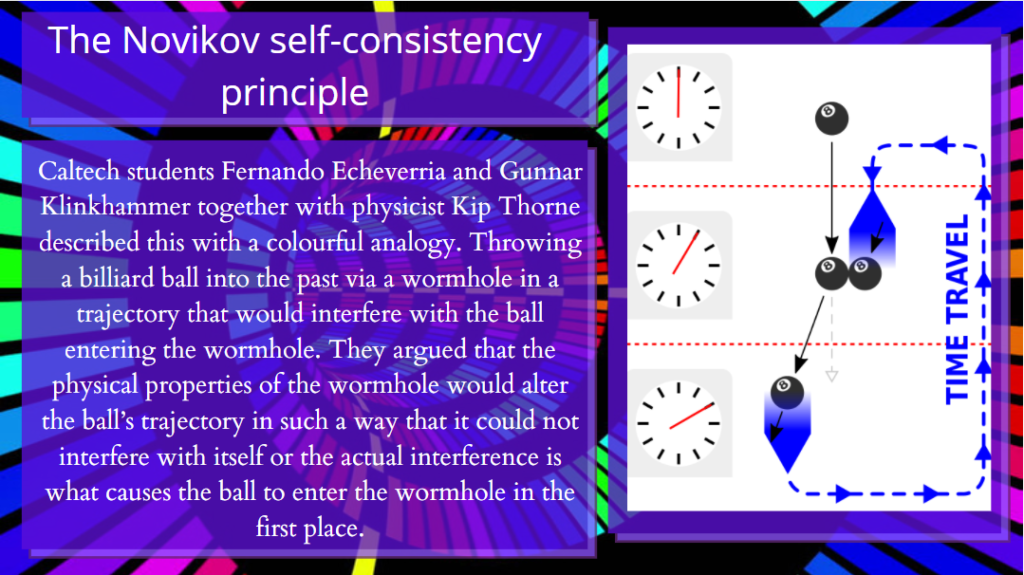
Tobar’s solution is similar in many ways to he Novikov self-consistency principle — also known as Niven’s Law of the conservation of history — developed by Russian physicist Igor Dmitriyevich Novikov in the late 1970s. This theory suggested the use of geodesics similar to those used to describe the curvature of space in Einstein’s theory of general relativity to describe the curvature of time.
These closed time-like curves (CTCs) would prevent the violation of any causally linked events that lie on the same curve. It also suggests that time-travel would only be possible in areas where these CTCs exist, such as in the presence of wormholes as speculated by Kip Thorne and colleagues in the 1988 paper “Wormholes, Time Machines, and the Weak Energy Condition”. The events would cyclical and self-consistent.
The difference is, whereas Tobar suggests a self-correcting Universe, this idea strongly implies that time-travellers would not be able to change the past, whether this means they are physically prevented or whether they actually lack the ability to chose to do so. In our twin analogy, Stella’s replacement sends out a tachyon signal and travelling along a CTC, it knocks itself off course, meaning Stella receives rather than its intended target.
After listening to Tobar, strolling back to his time machine Marty takes a short cut through the local graveyard. Amongst the gravestones baring unfamiliar dates and names, he notices something worrying–chilling, in fact. There chiselled in ageing stone, his grandfather’s name.
The date of his death reads 27th September 1905.
Interlude: From the Journal of Albert Einstein
29th September 1905
This morning the Emmenthaler Nachrichten reports that the body of the unfortunate young man who I witnessed fall into the Aare has been recovered. The paper even printed a picture of the young man.
I had not realised at the time, but the boy bares the most remarkable resemblance to Marty — the unusually dressed youngster who visited with me the very day the boy fell…
Strange I such think of Marty’s attire so frequently, the young man told me his garish armless jacket, flannel shirt and ‘jeans’ were ‘all the rage in the ‘86.’
Yet, though I was seven in 1886 and have many vague memories from that year, I certainly do not remember such colourful clothes…
Lost in Time: How Quantum Physics provides an Escape Route From Time Travel Paradoxes
Marty folds the copy of the Emmenthaler Nachrichten up and places it on the floor of the cursed time machine that seems to have condemned him. The local paper has confirmed his worst fears; his trip to the past to visit Einstein doomed his grandfather.
After confirming his ancestry, he knows he is caught in a paradox. He waits to be wiped from time…
After some time, Marty wonders how it could possibly be that he still lives? Quantum physics, or more specifically one interpretation of it has the answer. A way to escape the (literal) grandfather paradox.
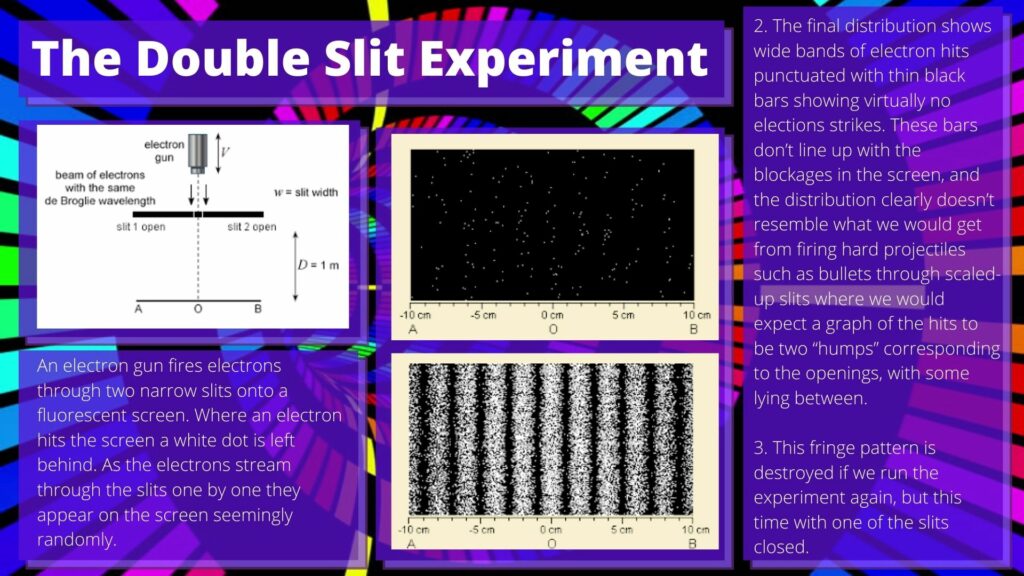
The ‘many worlds’ interpretation of quantum mechanics was first suggested by Hugh Everett III in the 1950s as a solution to the problem of wave-function collapse demonstrated in Young’s infamous double-slit experiment.
As the electron is travelling it can be described as a wavefunction with a finite probability of passing through either slit S1 or slit S2. When the electron appears on the screen it isn’t smeared across it as a wave would be. It’s resolved as a particle-like point. We call this the collapse of the wavefunction as wave-like behaviour has disappeared, and it’s a key factor of the so-called Copenhagen interpretation of quantum mechanics.
The question remained, why does the wavefunction collapse? Hugh Everett asked a different question; does the wavefunction collapse at all?
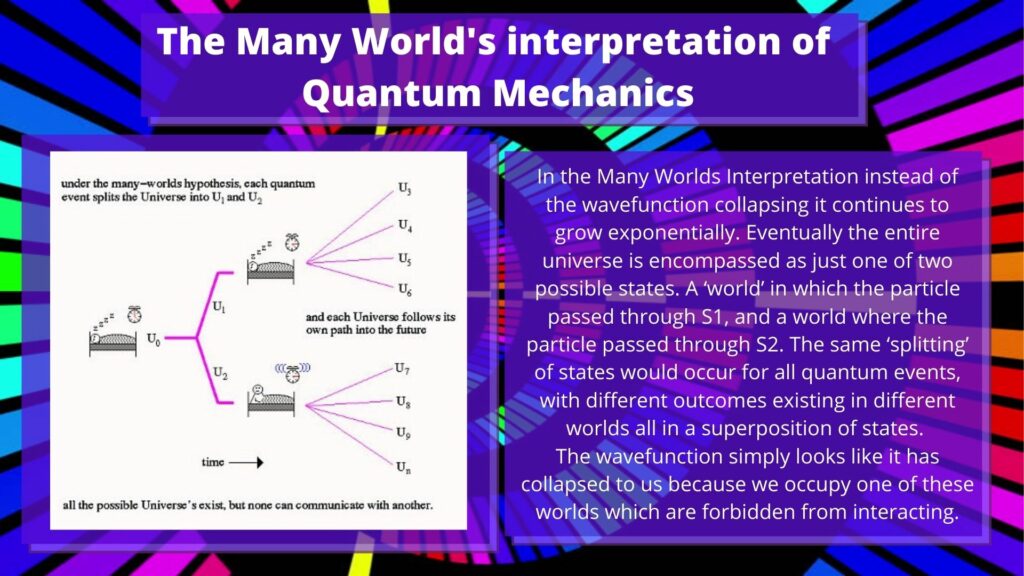
Everett imagined a situation in which instead of the wavefunction collapsing it continues to grow exponentially. So much so that eventually the entire universe is encompassed as just one of two possible states. A ‘world’ in which the particle passed through S1, and a world where the particle passed through S2.
Everett also stated the same ‘splitting’ of states would occur for all quantum events, with different outcomes existing in different worlds in a superposition of states. The wavefunction simply looks like it has collapsed to us because we occupy one of these worlds. We are in a superposition of states and are forbidden from seeing the other outcome of the experiment.
Marty realises that when he arrived back in 1905, a worldline split occurred. He is no longer in the world he came from– which he labels World 1. Instead, he has created and occupies a new world. When he travels forward in time to speak to Tobar he travels along the timeline of this world–World 2.
This makes total sense. In the world Marty left, a phone box never appeared on the banks of the Aera on September 27th 1905. This world is intrinsically different than the one he left.
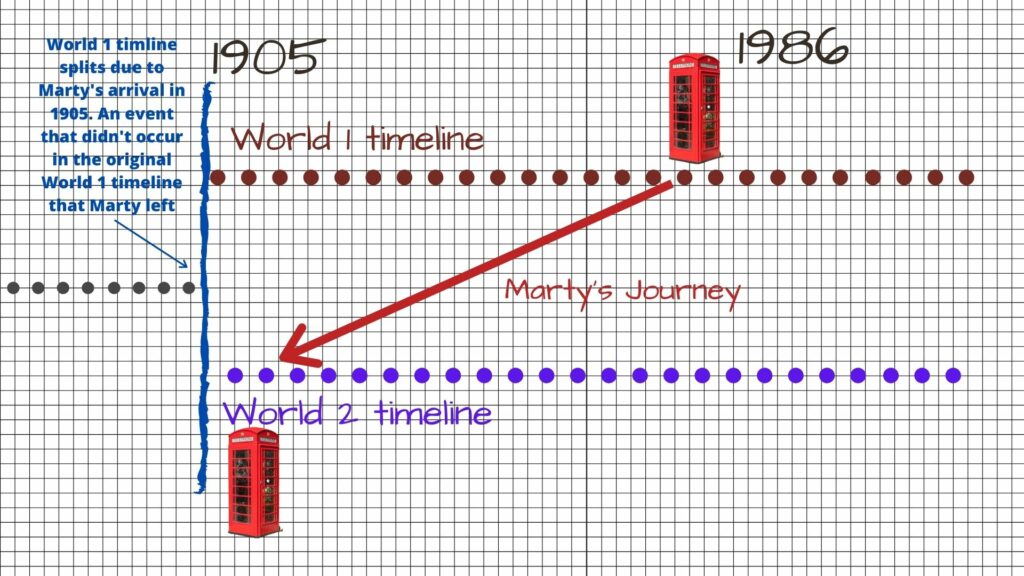
He never existed in this world and in truth he hasn’t actually killed his grandfather. His grandfather exists safe and sound back in 1905 of World 1. If the Many World’s Interpretation of quantum physics is the correct solution to the grandfather paradox, however, then Marty can never return to World 1. It’s intrinsic to this interpretation that superpositioned worlds cannot interact with each other.
With reference to the diagrams above, Marty can only move ‘left and down’ or ‘right’–up is a forbidden direction because it’s his presence at a particular moment that creates the new world. This makes total sense, he has changed history and is in a world in which he appeared in 1905. He can’t change that fact.
The non-interaction rule means no matter what measures he takes, every time he travels back into the past he creates a new state and hops ‘down’ to that state and can then only move forward in time (right) on that line.

So what happens when Marty travels back to the past in an attempt to rescue his world? He inadvertently creates another state–World 3. This world may resemble World 1 & 2 in almost every conceivable way, but according to the application of the interpretation, it is not the same due to one event–one extra phone box on the banks of the River Aare for each journey back.
As Marty continues to attempt to get back to World 1 — his home — he realises he now lives in a world in which one day in September 1905 on the streets of Bern, hundreds of phone box suddenly appeared on the banks of the Aare, and then simply disappeared.
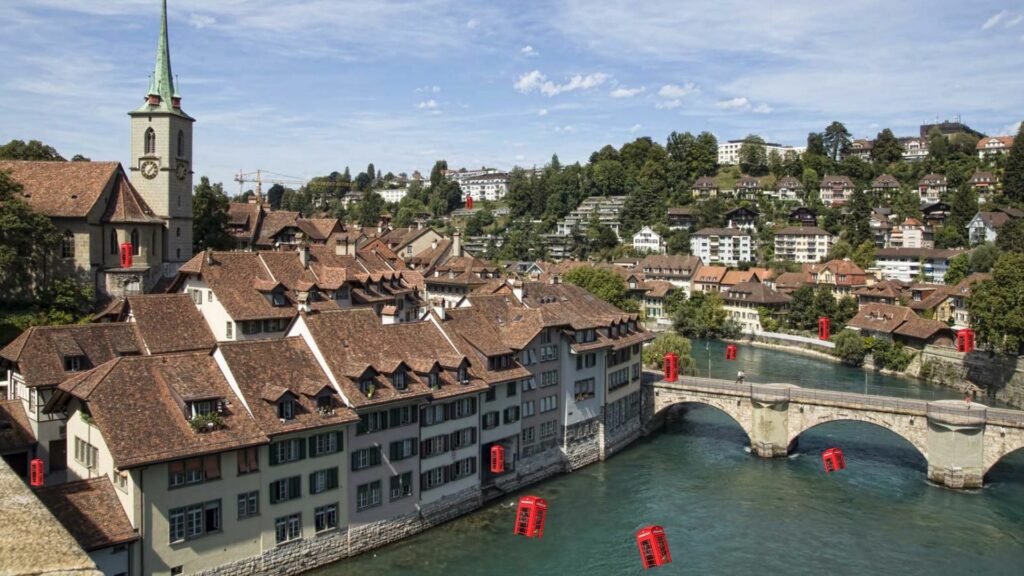
He also realises that his predicament answers the question ‘if time travellers exist why do they never appear in our time?’ The truth being, that if a person exists in the world from which these travellers departed they can never ‘get back’ to this primary timeline.
To someone in World 1, the advent of time travel will just result in the gradual disappearance of daring physicists. That’s the moment it dawns on Marty that as far as World 1 — his world — is concerned, he stepped in a phone box one day and vanished, never to return.
Marty escaped the time travel paradox but doomed himself to wander alternate worlds.
Hey… how do we get our time machine back?
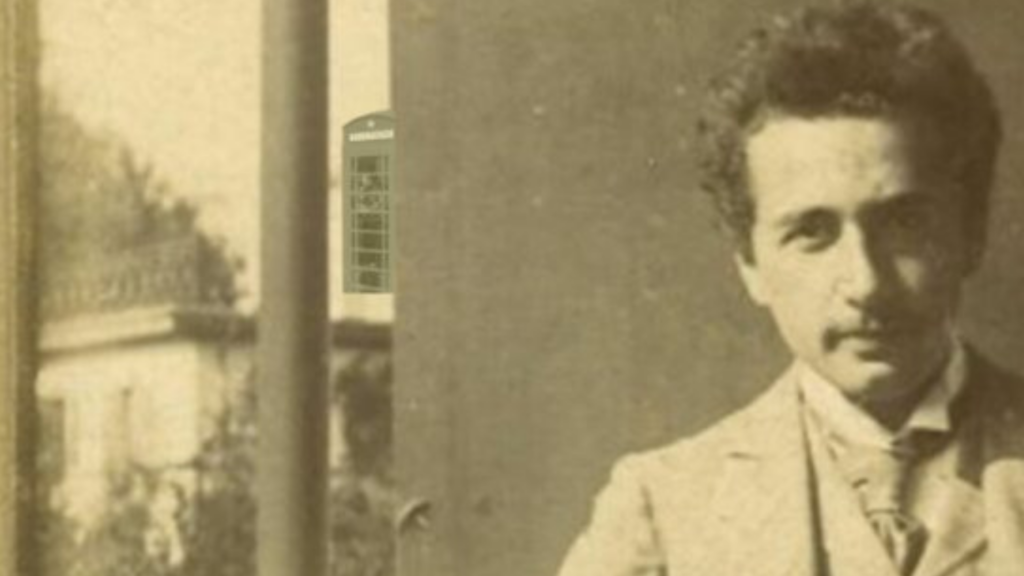
[no_toc]


